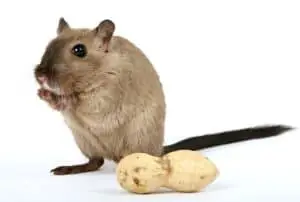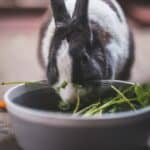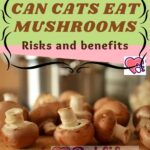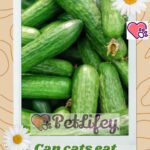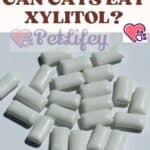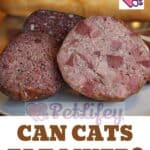
Dry foods
Dry foods are an essential component of the diet . They are generally mixtures comprising cereal grains, sunflower seeds and flakes. Check these foods for sugar as hamsters are prone to diabetes. This is especially true for dwarf hamsters , but golden hamsters can also suffer.
Avoid dry foods intended for other rodents such as rabbits or guinea pigs, which are pure herbivores with very different needs.
Allow two to three tablespoons of dry feed per animal per day. Make sure he doesn’t store them in a stash for bad days. You can also feed it regular cereal grains, as long as they are not moldy or damp.
They are the main item on your hamster’s menus. Always have some in reserve, as a basis for your diet. If you use the ready-made mixes found in pet stores, you are sure to provide your pet with all the nutrients they need. The kibbles and seed mixtures contain albumin, lipids, carbohydrates, minerals and vitamins in appropriate amounts. But do not forget, if you feed your animal exclusively with these mixtures, to give him enough water to drink and keep them away from any humidity so that they do not deteriorate. If you are mixing it yourself, be sure to use only plain products: no roasted peanuts or grains intended for your personal use, which may be sweet or caramelized.
Foods for Dzungarian and Roborowski hamsters:
The assortment of hamster cereals sold commercially (seeds, nuts, flakes and dumplings) is not thin enough for them. It is therefore advisable to combine it in equal proportions with parakeet food. Feed your pet beetles, mealworms and earthworms often (up to 50% of the share of animal source foods, alternately). You can get crickets and grasshoppers at pet stores, or give him a bundle of herbs with moss.
Greens, fruits and vegetables suitable for Hamsters
They allow you to easily vary the menus. They are important sources of vitamins. For the greenery, it is especially in the beautiful season that you can obtain it easily – in your garden or during your walks. You just have to watch out for pollution. To avoid any risk, you can grow catnip yourself. You will find seedlings in boxes in all seasons in pet stores. For fruits and vegetables, also rinse them thoroughly under cold water before giving them to the hamster and drain them well, too much humidity can indeed trigger diarrhea! It goes without saying that you will need to peel the processed fruit, like oranges, for example.
Fresh foods are also on the menu. Don’t be heavy handed with the salad, as it contains a lot of nitrates, especially lettuce. Choose the varieties that contain the least, such as lamb’s lettuce or chicory. It only takes one piece (not large leaves) per day. You can also give kohlrabi or broccoli in small amounts. But no head cabbage, which causes bloating, like beans, weights and beans: feed them dry only.
Due to their acidity, citrus fruits and kiwis should be distributed with restraint. Never give lemon. As for vegetables, you can offer him tomatoes (not green and seedless, which are toxic), squash, beets, carrots, yellow peppers for example, but in limited quantities for the juiciest of them.
Hamsters’ favorite fruits are apples, melons, strawberries, and dried bananas, among others. Dried fruits, without sulfur, will serve only as treats.
Finally, avoid stone fruits and exotic fruits, such as papaya or pomegranate. Fruits are complementary foods that should not be given regularly. Important only serve untreated fruits and vegetables, preferably organically grown or from the home garden. If you prefer to harvest your own crops, never pick plants near a busy road, where they are polluted with exhaust fumes. Only harvest plants that you are sure are not poisonous. Like other foods, fresh foods should not be wet.
Living food for Hamsters
In the wild, hamsters feed on seeds and greenery, but also on small animals: insects, or their larvae, or even occasionally, small birds. They are therefore not pure vegetarians as we sometimes believe, but eclectic gourmets. You have to take this into account in the composition of their menus. Apart from mealworms, we can also give crickets or locusts. Note, however, that the breeding of these last two species is not easy.
Mealworms are the larvae of the mealworm. They are found in all well assorted pet stores. Put them in a large mason jar half filled with oatmeal and covered with a cloth, which you will keep at room temperature (keep away from the sun or heat). Every two days, add a few salad leaves or very fresh and wrung out vegetable tops, which will provide the necessary vitamins. If the worms turn into cocoons and end up in tenebrae, that’s okay – hamsters usually don’t know the difference.
The hamster is not a vegetarian, it needs animal protein. These must be on their menu. Your hamster will feast on mealworms and freeze-dried insects, locusts, crickets or white maggots, available in pet stores. You can give them by hand or with tweezers. Insects once a week is enough. Check that the hamster does not hide them, because they decompose quickly. If necessary, you can give it some raw and fresh ground beef. But do not feed him raw meat every day because he may become snarling .
Protein Rich food for Hamsters
Meat : Your hamster will enjoy, once or twice a week, a small piece of raw, fat-free beef or veal. Minced meat is particularly recommended, because the animal does not risk swallowing it askew.
Dairy products : Hamsters are also very fond of cottage cheese and yogurt (even fruit yogurt). Regularly give him a teaspoonful.
Important:
- Feed foods in this category only in small quantities, which the hamster can absorb immediately, otherwise it will make its cage too dirty.
- Never give food straight out of the refrigerator.
Foods for Hamsters to gnaw
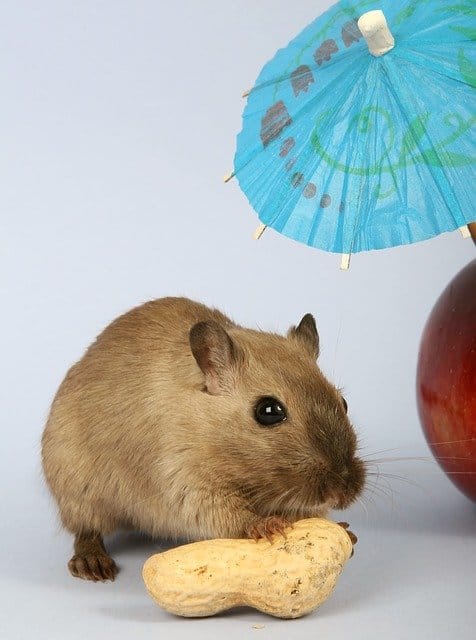
Hamsters are rodents and they need gnawing materials to care for and wear down their teeth. Treated branches of fruit trees and some deciduous trees (hazel, beech) are suitable, as are hard, non-moldy bread and millet stalks. You can also give him dog biscuits every now and then, but without the sugar he will be able to both gnaw and ingest protein.
For the teeth to settle naturally, nothing like nuts, hazelnuts, seeds and branches. An animal cookie is also fine. Put a piece in the cage and give it back as soon as it is finished. In pet stores, you can also find what are called “rodent stones”. They provide calcium and trace elements. On the other hand, do not give too many nuts or hazelnuts which contain a lot of fat.
Hay for comfort and for the stomach
In addition to everything else, the hamster should always have a ration of clean, dry hay on hand. This rough food is essential because it contains fiber, the action of which is beneficial for digestion. In addition, your hamster likes to use hay for building its nest. Important: hay should be stored in a dry and well ventilated place, so as not to mold. Musty, it’s poisonous!
This fibrous food ensures smooth digestion. Since it contains very few calories, you can give it as much as you want. In a rack, it will stay clean and dry. Commercial hay balls are practical and varied. They are hung in the cage, high enough to force the animal to stretch to reach the tasty greenery. Also leave a little hay in free access, it will use it for its nest or to nestle there. You will find hay in pet stores or directly from a farmer. If you feel like making your own hay, harvest untreated wild herbs and plants, such as lemon balm, clover, alfalfa, rudbeckia, or dandelion. Spread the herbs and plants out in the sun and turn them regularly.
Recommended quantities of food for Hamsters
The daily ration of a golden hamster is about 15 g (2 teaspoons) of mixture of seeds, two to three mealworms, fruits, vegetables or greens in sufficient quantities. Halve these amounts for a dwarf hamster. After 24 hours, remove fresh food from the cage that has not been consumed.
Involve your hamster in the culinary preparations. While you peel the vegetables, your hamster keeps you company and waits for something to fall for him. It could be the tops of a carrot, an overripe tomato, etc. When the hamster’s cheekbones are full, it is returned to its cage and then quickly disappears into its pantry. You just have to make sure that the animal does not become a “garbage incinerator”. Damaged parts of fruits and vegetables are as bad for the hamster as they are for you.
Do Hamsters drink Water?
Some hamsters totally disdain the waterer, their water needs are covered only by greens and fruits or vegetables. Others show their irritation when they cannot find water permanently available to them. Either way, you won’t go wrong putting water in the waterer. You will then see what category your hamster belongs to. Preferably take non-carbonated mineral water.
Complementary foods and Treats for Hamsters
The hamster should be able to nibble from time to time. The treats are complementary foods and should be exceptional, do not give them every day. Nuts and hazelnuts are very popular; as they are very fatty, one nut per week is sufficient. Yogurt, cottage cheese and faisselle are great protein foods, serve a teaspoonful, once or twice a week.
